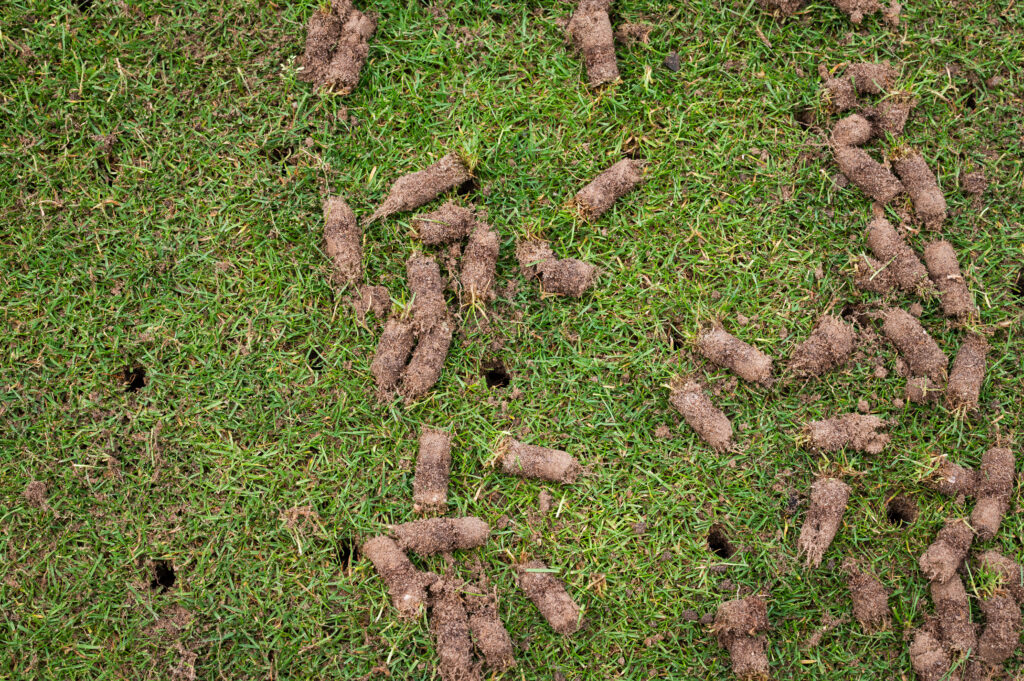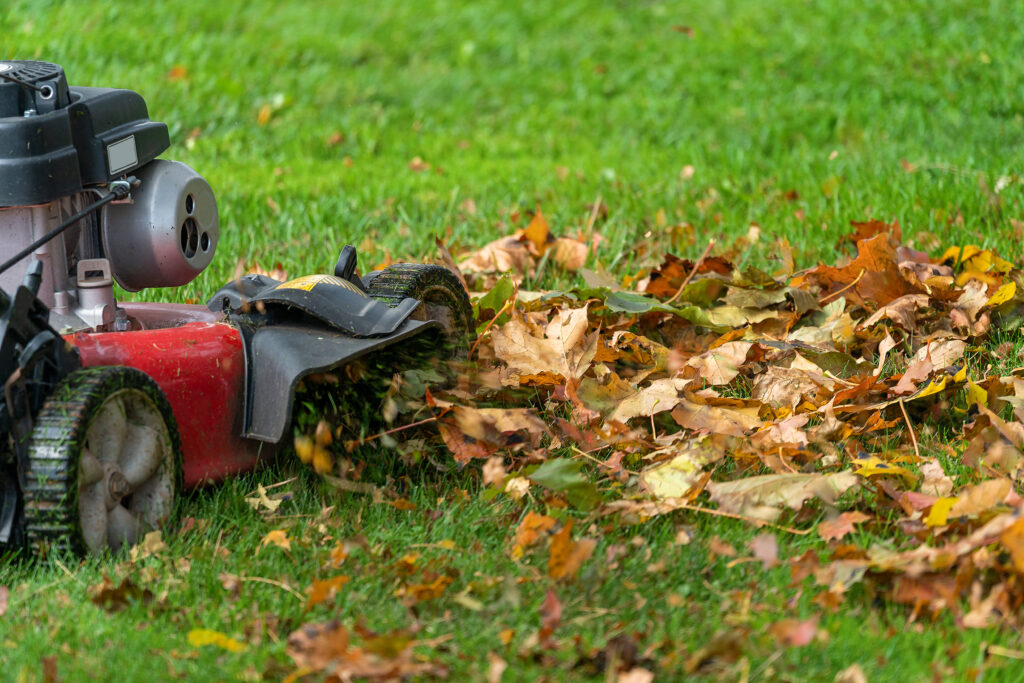Fall Lawn Care: Setting Your Yard Up for Spring
Fall is hands-down the best time to give your lawn a little extra love here in the Treasure Valley. The nights are cooler, the days are mild, and your grass is ready to recover from the summer heat. A little effort now means your lawn will roll into spring thicker, greener, and healthier. Here are some essential lawn care tasks to tackle this fall.

Seeding: Filling in the Gaps
If you’ve got thin patches or bare spots, September into early October is the sweet spot for seeding. The soil is still warm, weeds aren’t as aggressive, and new grass has plenty of time to get settled before winter. For sunny spots, turf-type tall fescue is your best bet—drought-tolerant and tough enough for heavy foot traffic. If you’ve got shady corners, mixing in some perennial ryegrass helps fill in faster.
The key is soil contact. Mow a little shorter than usual, rough up the top layer of soil with a rake, and spread the seed evenly. If you’re aerating this fall, that’s a perfect time to seed—those little holes are like built-in planting pockets. Keep the soil consistently damp for a couple of weeks, and you’ll start to see baby grass popping through.

Aerating: Letting Your Lawn Breathe
After a summer of barbecues, kids, and pets running around, your lawn’s soil can get pretty compacted. Aeration is simply pulling out small plugs of soil so air, water, and nutrients can reach the roots more easily. It looks a little funny at first (yes, like the geese stopped by), but don’t worry—the plugs break down quickly and actually recycle nutrients back into the lawn. Aerating in late September, when the soil is slightly moist, gives your lawn the reset it needs before winter.

Fertilizing: Fuel for the Roots
Fall is the perfect time to give your lawn a slow, steady meal that carries it through the colder months. A slow-release granular fertilizer works best—spread it in October, a few weeks before the ground freezes. The nutrients will move down into the root zone, helping the grass rebuild from summer stress and store up energy for winter. Come spring, your lawn will wake up greener and healthier, ready to grow.
To Rake or Not to Rake?
Here’s where fall lawn care gets a little more interesting—what do you do with all those leaves?
On one hand, raking them up keeps your yard tidy and prevents heavy layers of leaves from smothering the grass. It also helps if you’ve had pest or disease issues, since some bugs and fungi like to overwinter in that leaf litter.
On the other hand, leaving your leaves in place (especially if you shred them with the mower) returns nutrients to the soil, saves you time, and provides habitat for beneficial insects and pollinators. Nature doesn’t bag up her leaves—and your garden beds, shrubs, and compost pile can all benefit from the ones you move off the lawn.
The middle ground is usually best: mulch-mow light layers right into the lawn so you can still see grass blades poking through, and relocate the heavier piles into beds or compost. If leaves are soggy, matted, or from diseased trees, it’s best to bag them up and send them off with yard waste.

Don’t Forget Watering and Mowing
Keep mowing while the grass is still growing, usually until late October. A final cut around 2–2.5 inches before the first big freeze helps reduce problems like snow mold. And while irrigation needs drop with the cooler weather, don’t shut things off too early—new seed especially needs consistent moisture. Just remember to blow out your sprinkler system before the deep freezes hit.
With just a few fall chores—seed, aerate, fertilize, and figure out your leaf game—you’ll set your lawn up for a smooth winter and a strong start next spring. Your future self will thank you when the snow melts and your grass bounces back thick and green.
CATEGORY
9/02/2025
a word from our viewers